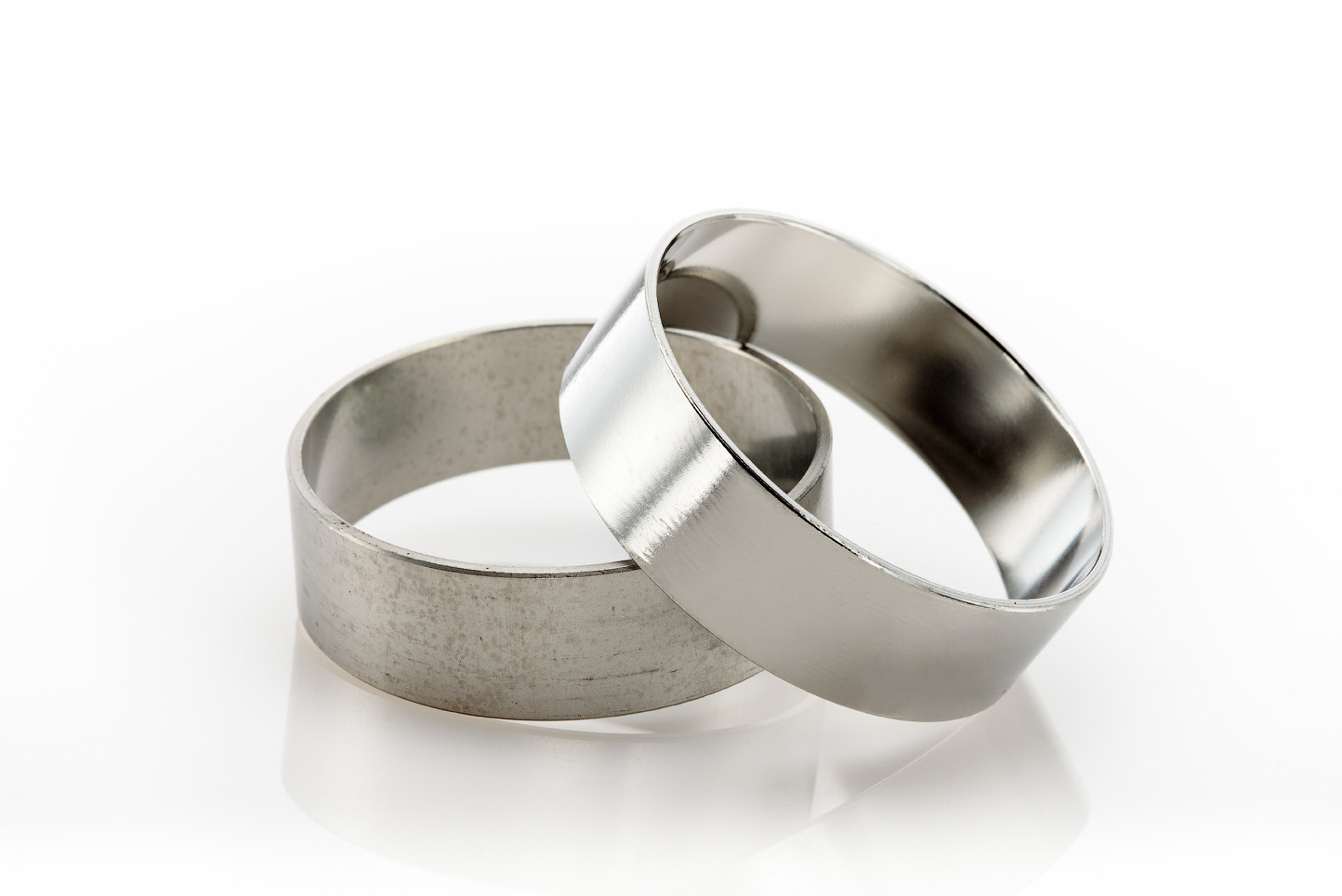Does Passivation Remove Material?
One of the most common questions we hear at New England Electropolishing is: Does passivation remove material from stainless steel parts? The short answer is no—at least not in any measurable way.
What Passivation Really Does
Passivation is a chemical treatment designed to enhance the natural corrosion resistance of stainless steel. Unlike processes that physically remove metal, passivation works by eliminating free iron and other surface contaminants. This encourages the formation of a strong, protective chromium oxide layer, which shields the metal from rust and corrosion. Importantly, passivation does not etch, grind, or otherwise strip away material from the part.
Passivation vs. Electropolishing
It’s helpful to compare passivation to electropolishing. Electropolishing is an electrochemical process that does remove a controlled layer of metal to smooth the surface and improve corrosion resistance. Typical material removal during electropolishing ranges from 0.0001 to 0.001 inches—enough to affect surface roughness slightly, but still highly precise.
In contrast, passivation works purely at a molecular level. Any material removal is essentially negligible, leaving part geometry, tolerances, and surface finish fully intact.
Why This Matters
For manufacturers and engineers, this distinction is critical. When part dimensions and tight tolerances cannot be compromised—but corrosion resistance is essential—passivation is the ideal solution. It strengthens stainless steel surfaces without altering the component’s shape, fit, or finish.
Learn More
Determining whether passivation or electropolishing is right for your parts depends on your application, tolerances, and performance requirements. Our team at New England Electropolishing can guide you through the best approach to maximize corrosion resistance while preserving precision.
Electropolishing Resources
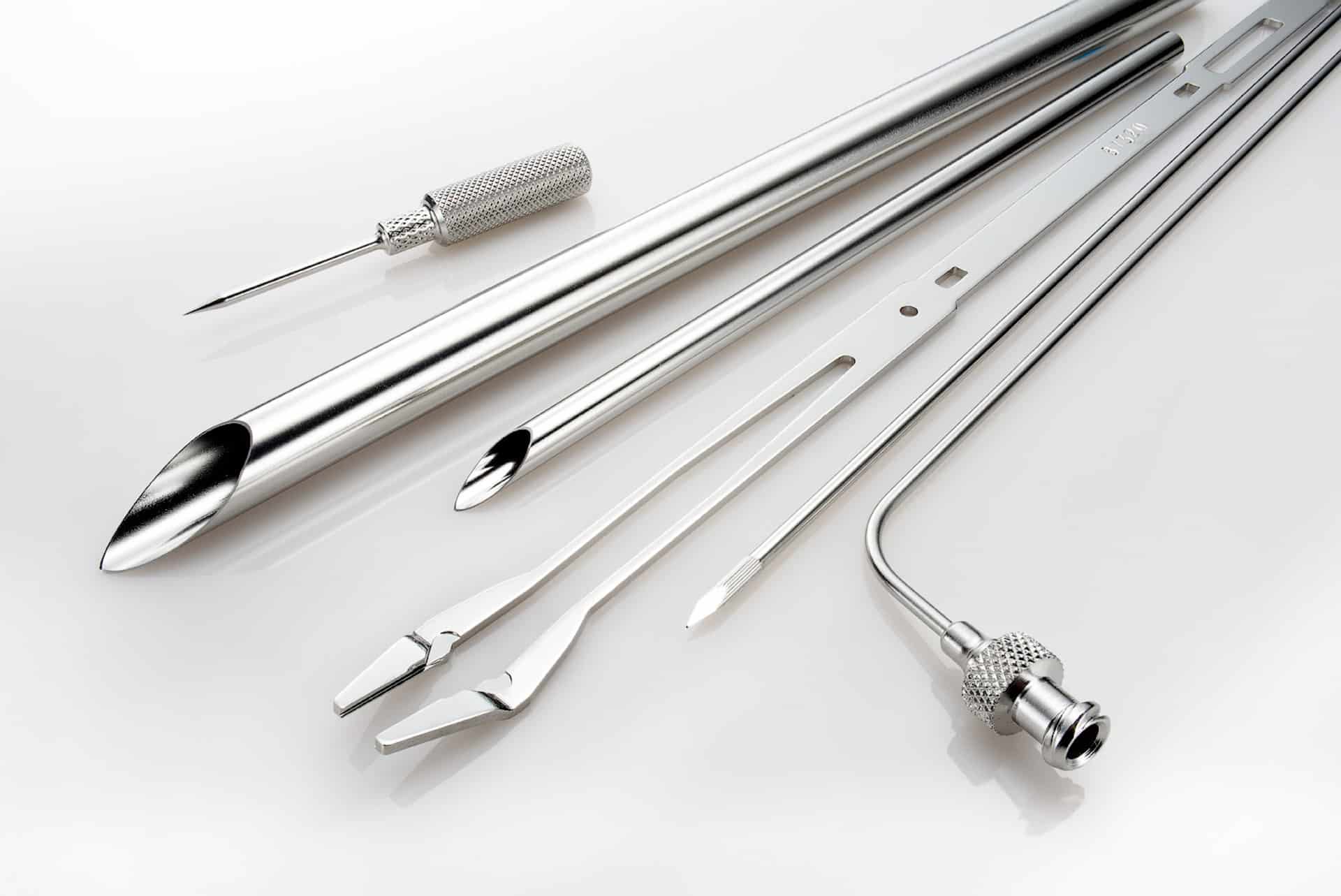
What is Electropolishing?
Electropolishing is an electrochemical and reverse plating process that removes the outer layer of skin on a metal...
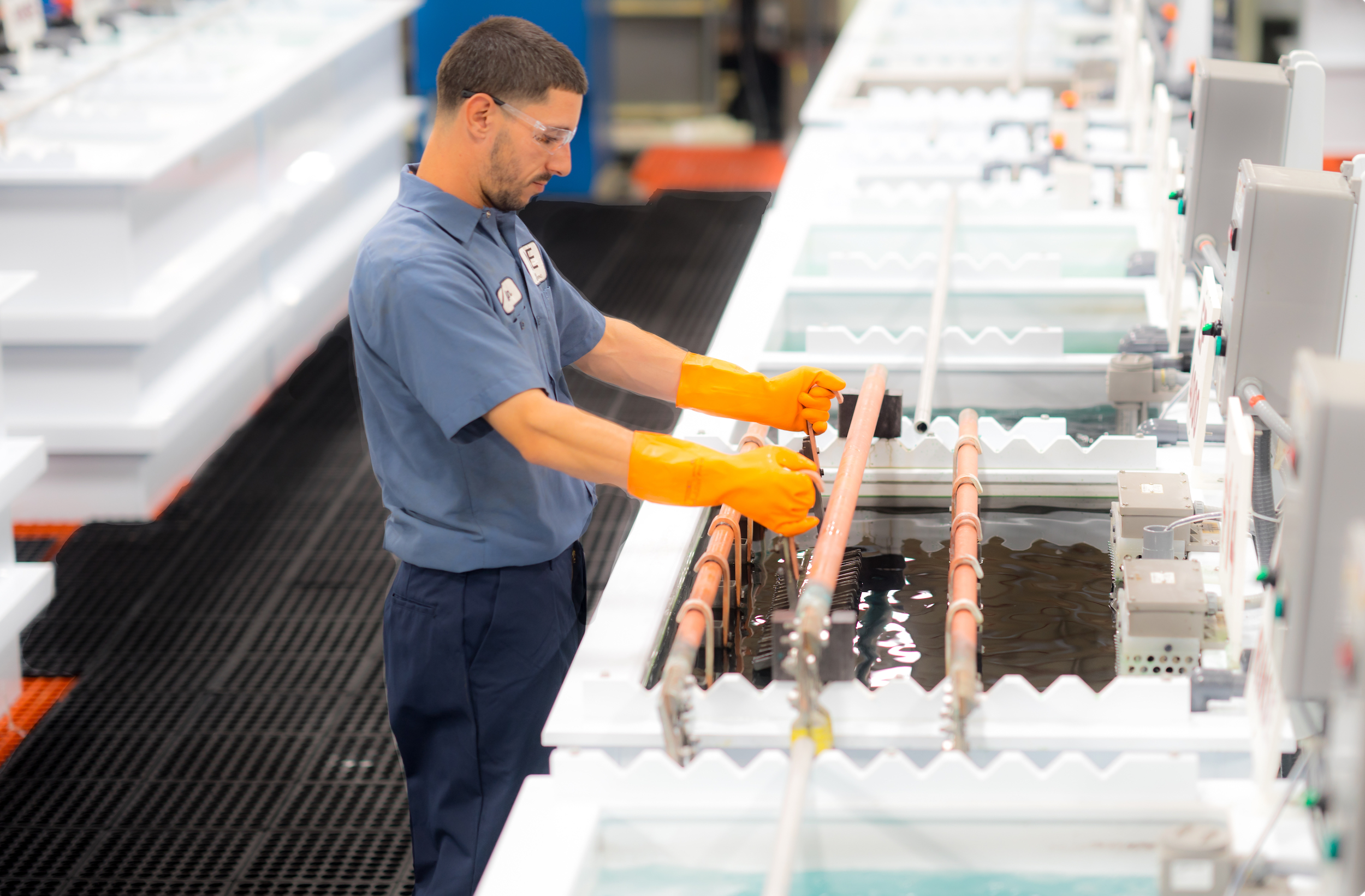
The Electropolishing Process
The electropolishing process is initiated by immersing a metal part into a temperature-controlled bath of electrolyte...
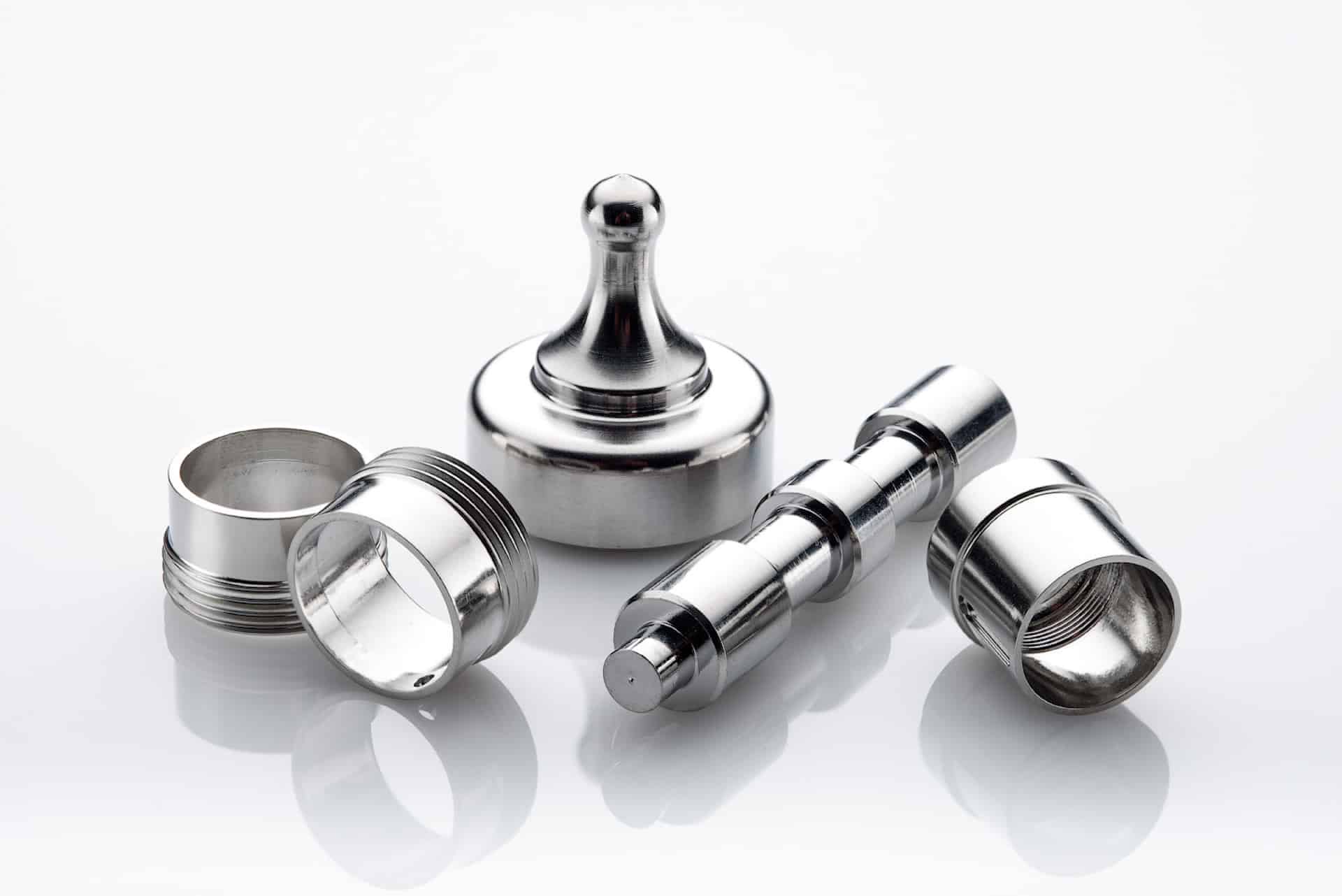
Benefits of Electropolishing
Curious about the benefits of putting your parts through the electropolishing process? Read along below where we...
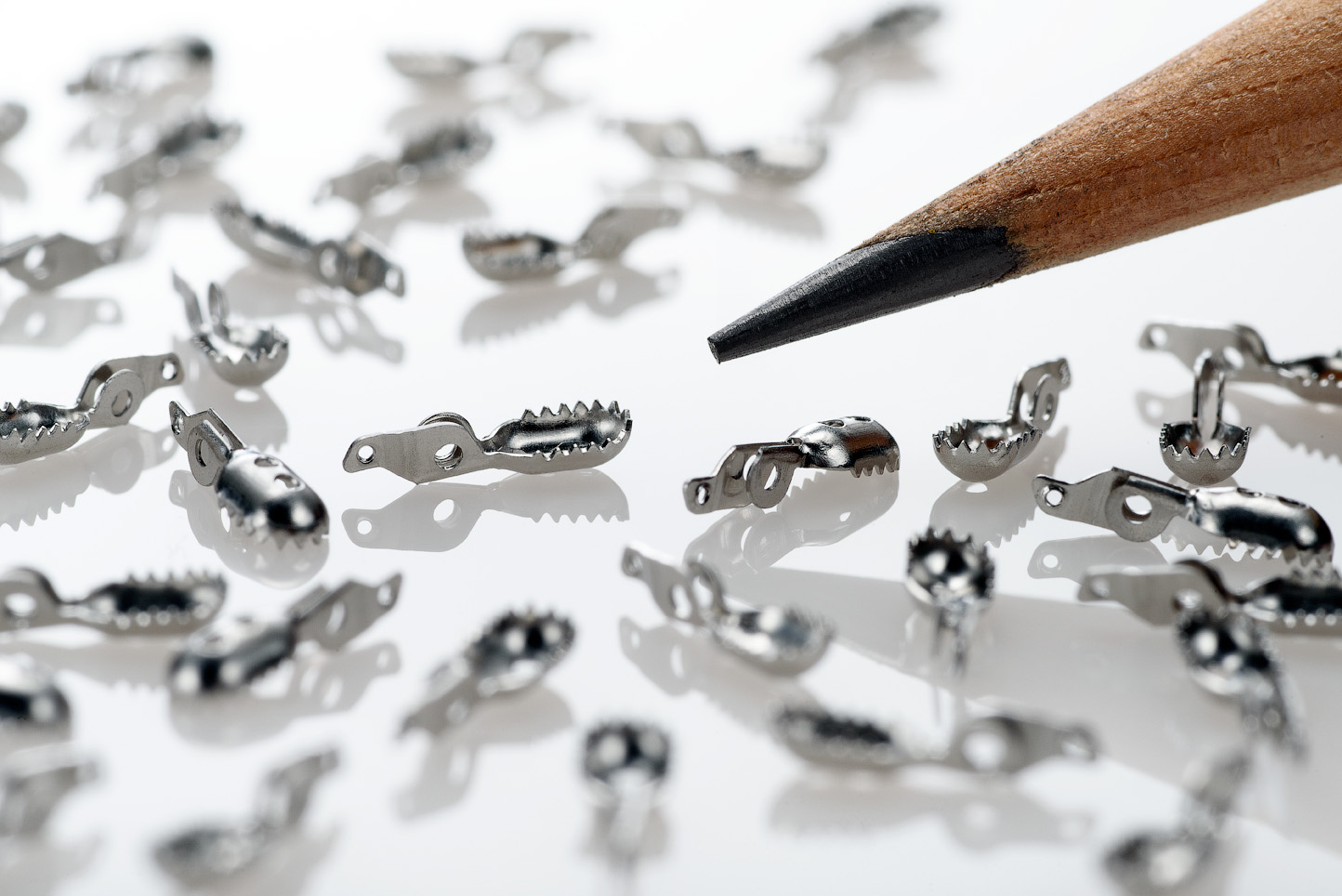
How Much Material Does Electropolishing Remove?
Electropolishing, when done properly is a highly controllable process which removes as little as...
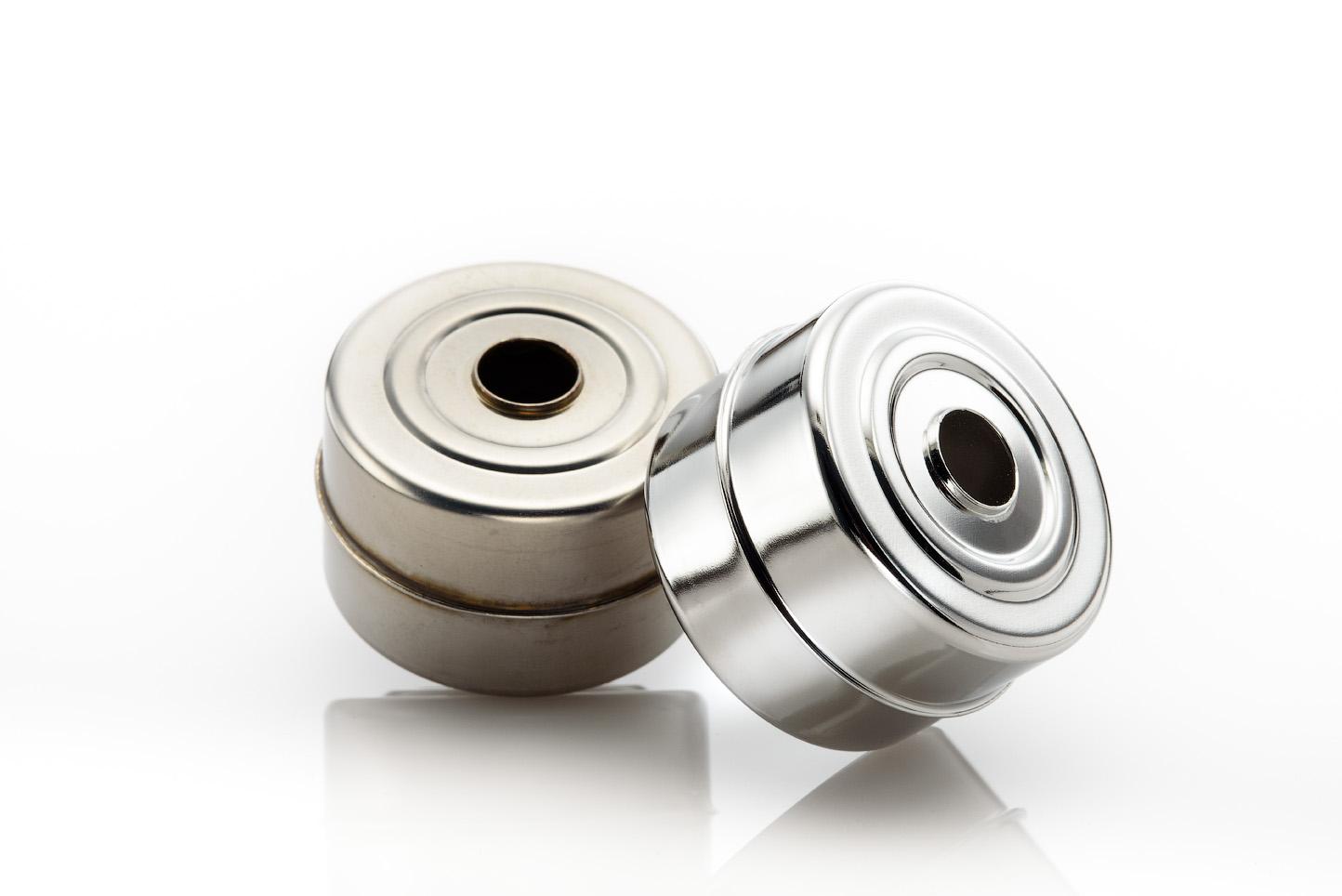
How Much Will Electropolishing Improve the Surface Finish of My Part?
Ra and RMS are both representations of surface roughness. Ra is calculated as the roughness average of a surface’s...
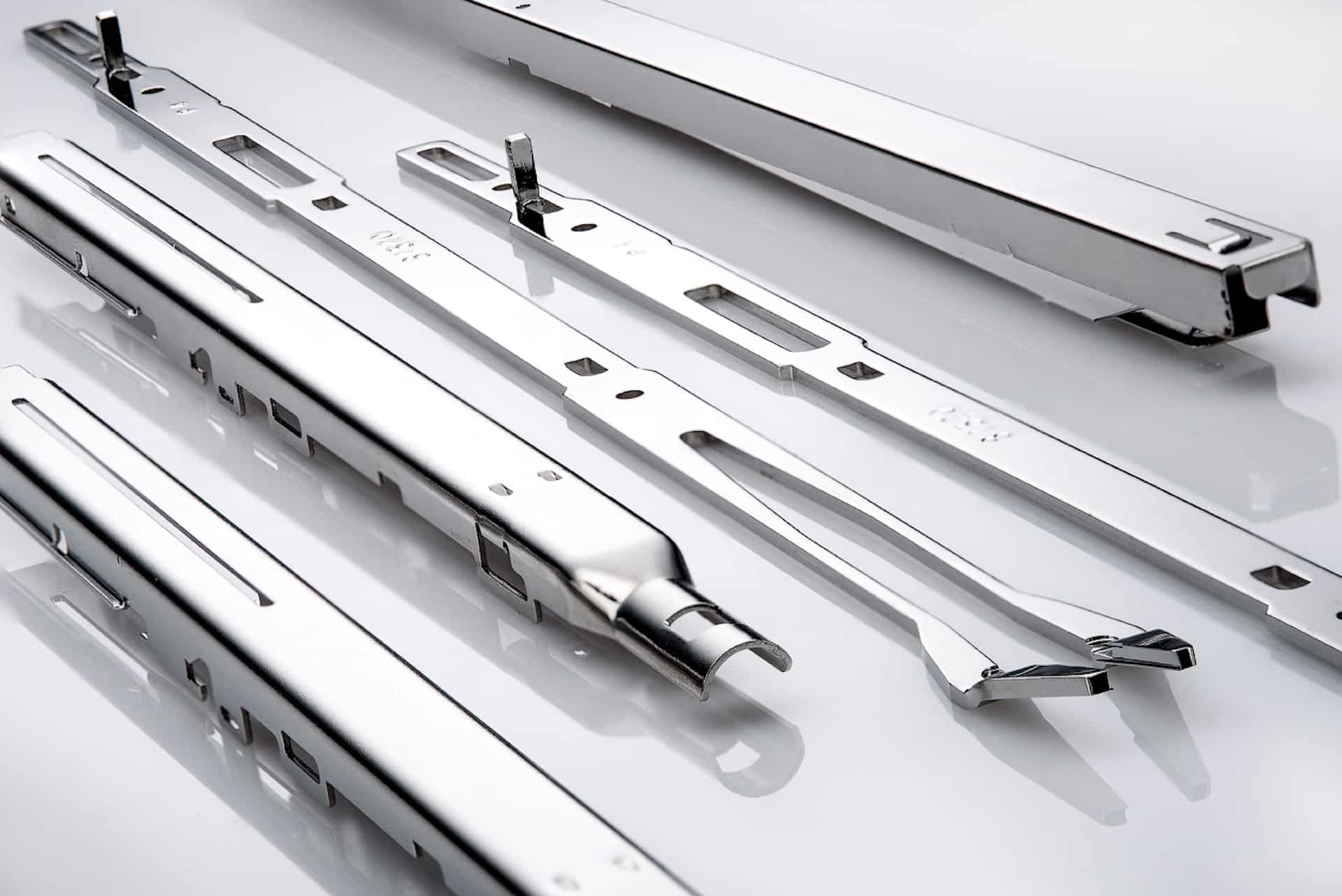
Electropolishing Frequently Asked Questions
Learn the difference between electropolishing and electroplating as well as how the electropolishing process works...
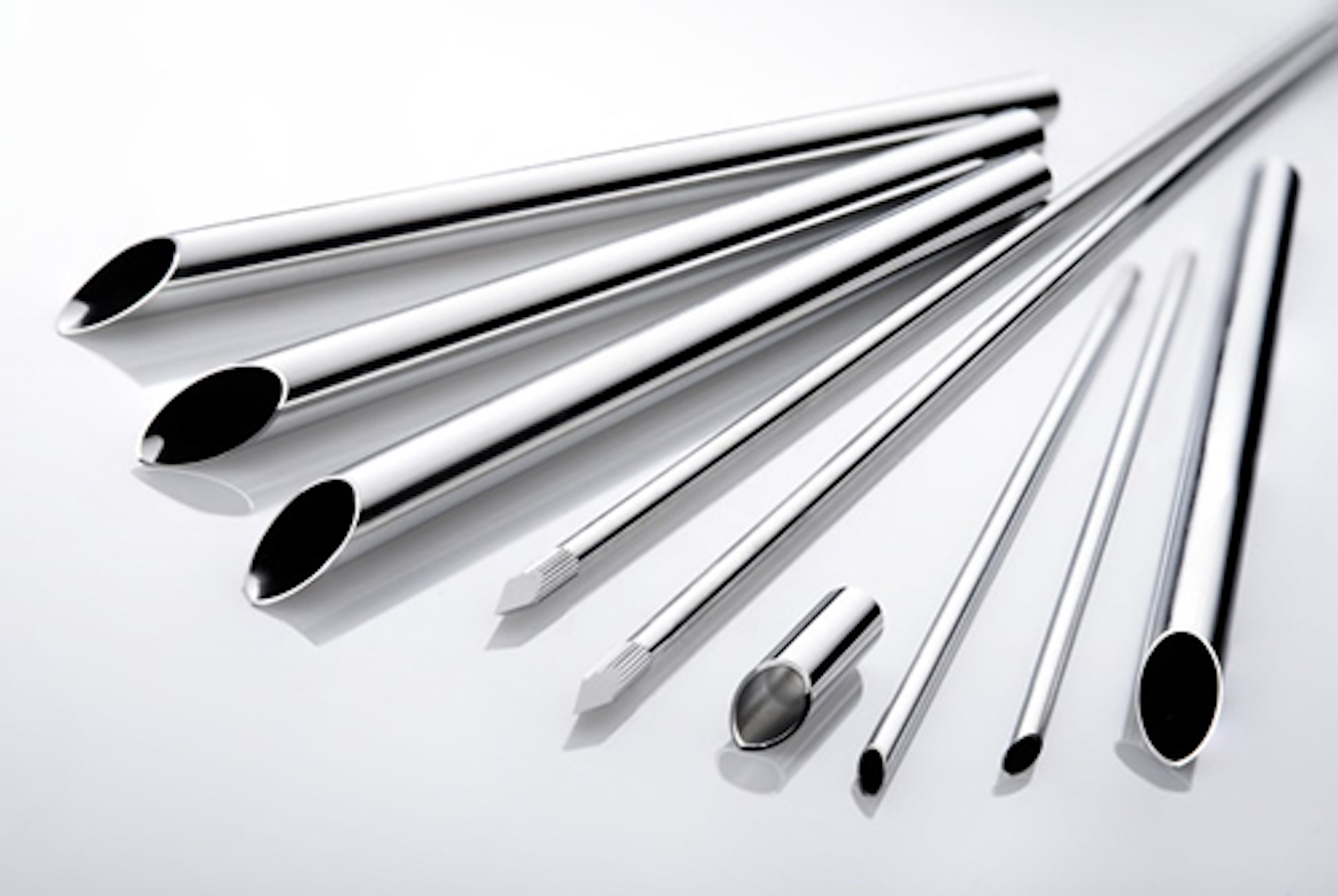
What is ASTM B912?
ASTM B912 is an industry standard for the passivation of stainless steel alloys through electropolishing...
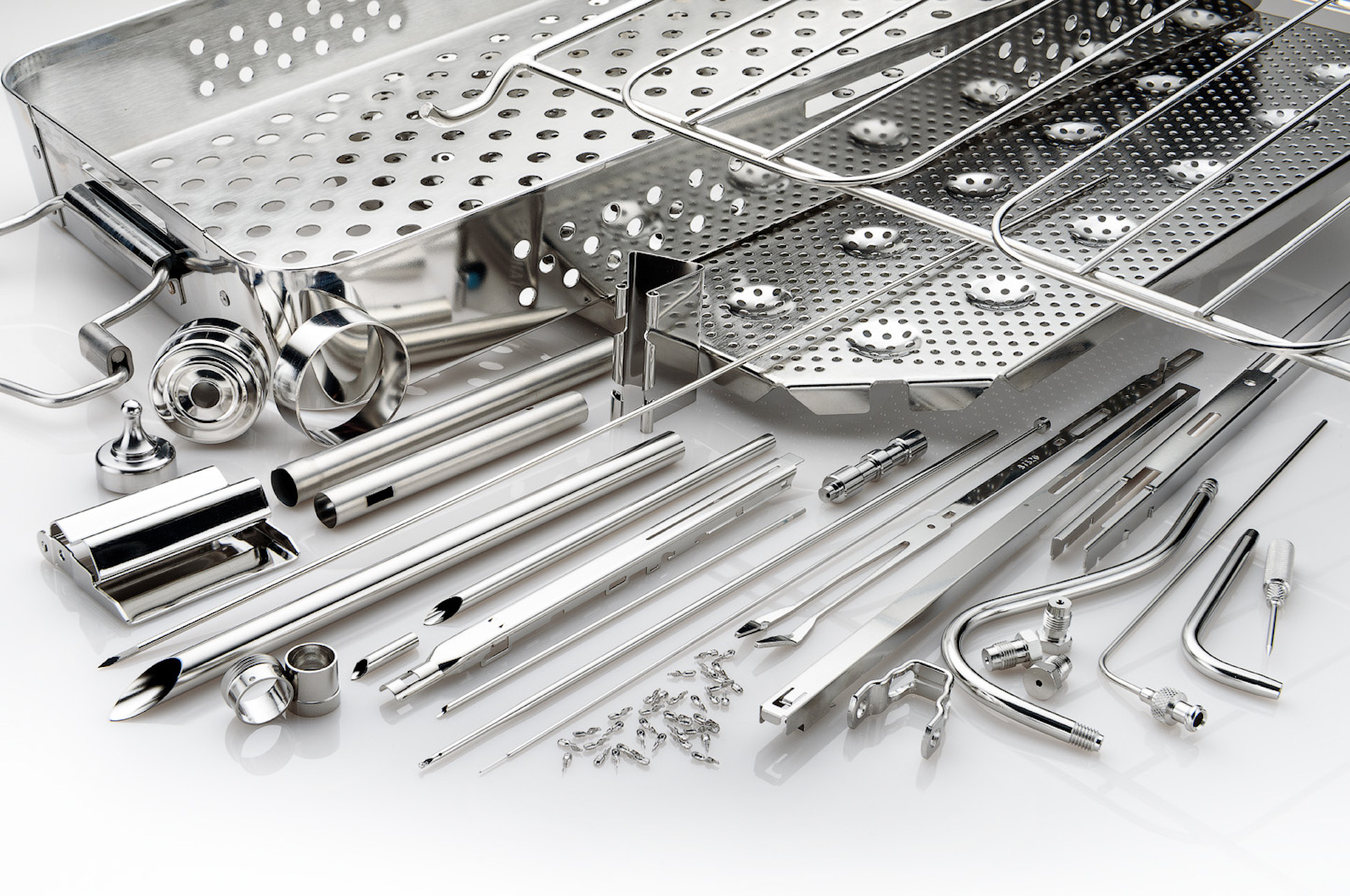
What is ASTM A967?
ASTM A967 is an industry standard specification for the chemical passivation treatments for stainless...
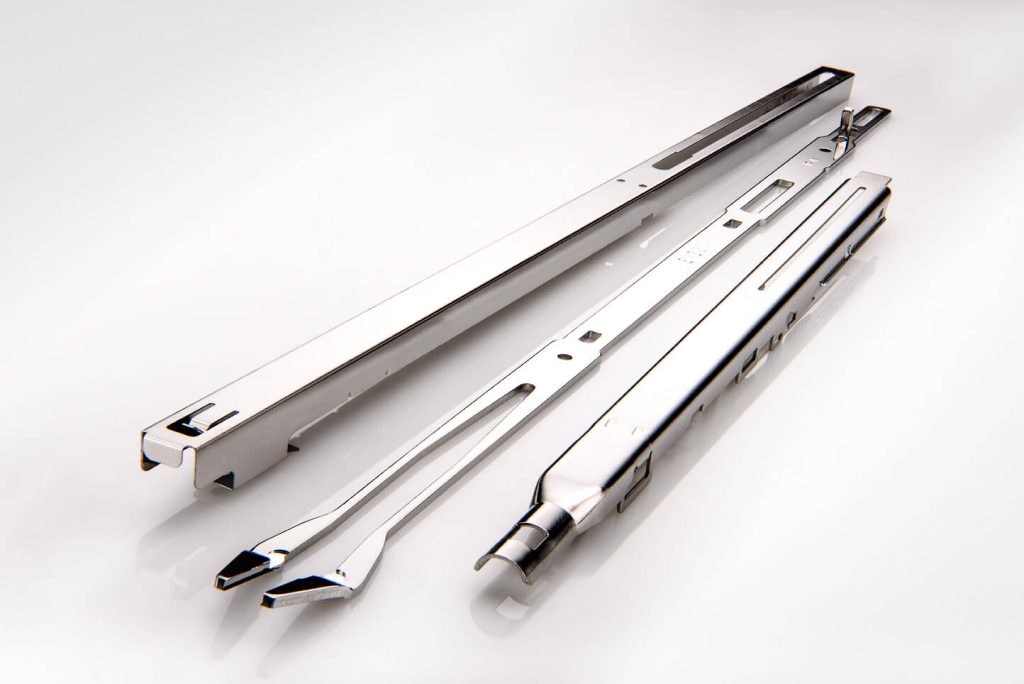
What is ISO 13485?
ISO 13485 is a standard that applies specifically to medical devices. ISO 13485 is designed to be...
